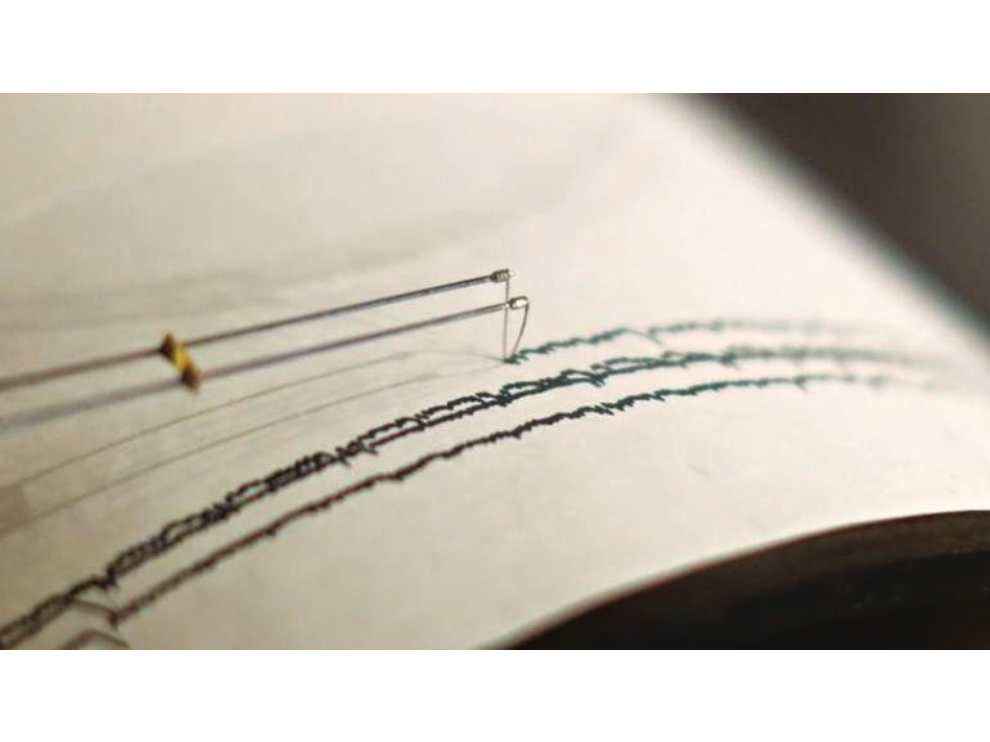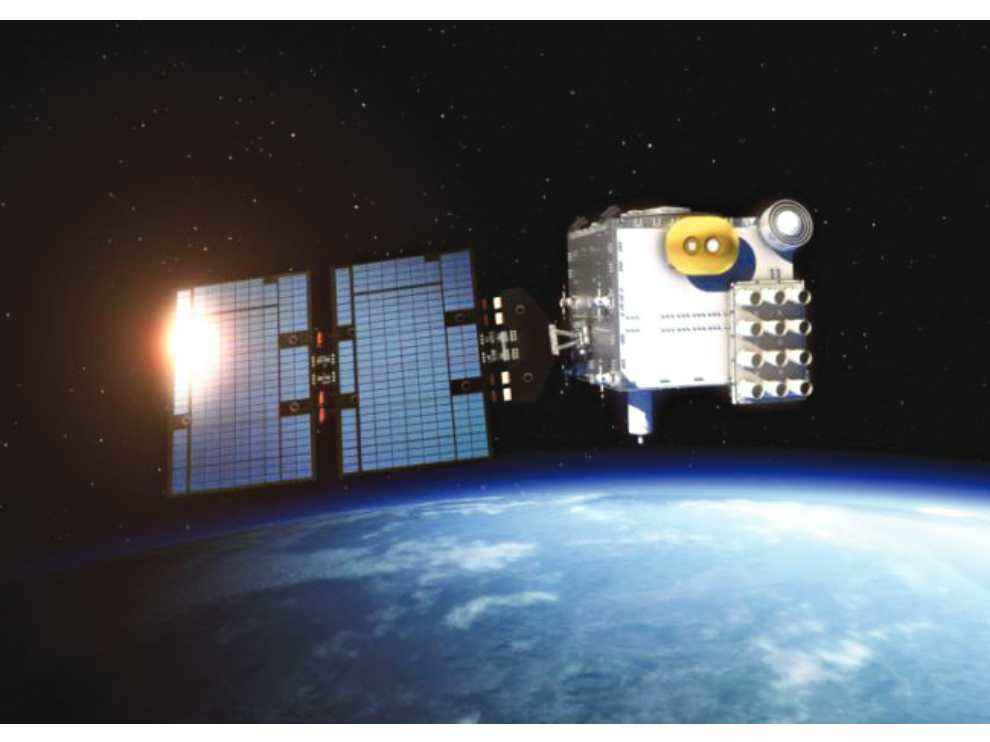Predicting the weather using unusual methods

Meteorology has become impressively advanced now owing to the formidable capabilities of modern-day weather radar and other technological tools. You may have heard of old sayings such as “red sky in the morning, sailors take warning” or “f birds fly low, expect rain and a blow”. However, they are often cast aside as the ramblings of some old man or woman that hold no scientific credibility. Then there are widely-observed phenomena such as tidal waves killing a monumental number of people, but no wild animals perishing. Gradually, over the years, scientists and researchers have begun looking into these archaic methods and some of these have even been scientifically credited. On the other hand, rapidly advancing technology has also brought us a few ways of predicting Mother Nature's wrath using technological innovations.
SSGI (Solar System
Geometry Index)
The prediction of seismic activities often proves itself as a herculean task and experts in the field often claim that there is actually no accurate way of predicting tremors with precision. Enter Frank Hoogerbeets and his advanced system he calls the Solar System Geometry Index that can predict possible earthquakes. A self-proclaimed seismic researchers from the Netherlands, the predictions dished out by Hoogerbeets have actually materialised on more than one (coincidental, as nay-sayers would say) occasion. One of these accurately-predicted earthquakes includes the recent earthquake that jolted California on July 5 and 6, 2019.
Hooberbeets firmly believes that planetary alignment and lunar geometry in our solar system can efficiently detect seismic activities on Earth. As per his argument, planetary alignments tend to trigger electromagnetic force in the solar system which then destabilises tectonic plates. Hoogerbeets also made a prediction that an earthquake of possibly high 6 to 7 magnitude could take place on July 19 or 20. What happened next, you may ask? Arunachal Pradesh was hit by a powerful earthquake which measured 5.9 on the Richter scale. While not exactly accurate with the readings, he did predict the date right and became a viral sensation.
AI (Artificial Intelligence)
or ML (Machine Learning)
Forecasting weather usually entails meteorologists using a number of models and data sources to track the shape and movement of clouds that could indicate dire storms. However, weather data sets are expanding to an inconceivable number and scale and it makes the task of monitoring storm formations in real-time especially hard for meteorologists. A team of researchers at Penn State, AccuWeather, Inc., and the University of Almería in Spain have developed a computer model that can assist forecasters in identifying telltale signs of potential storms more quickly and accurately. In the study, the researchers analysed more than 50,000 historical US weather satellite images, after which experts identified and labelled the shape and movement of ‘comma-shaped’ clouds which are associated with cyclone formations.
Subsequently, computer vision and ML technologies were utilised to automatically identify these ‘comma-shaped’ cloud formations in satellite images. The computers then point out these in real-time, thereby averting the need for meteorologists to go through an ocean of seemingly never-ending data. The method was observed to have 99 per cent accuracy with an average of 40 seconds per prediction made. It was also able to predict an astounding 64 per cent of severe weather events, essentially outdoing existing severe-weather detecting methods.
Amorous insects
predict rain
A team of scientists at the University of São Paulo, Brazil discovered in 2013 that amorous insects shy away from the act of reproduction in response to a drop in atmospheric pressure that usually precedes rain. Partnering up with researchers from the University of Ontario, Canada, a test was carried out on three unrelated species, namely the curcurbit beetle (Diabrotica speciosa), the true armyworm moth (Pseudaletia unipuncta) and the potato aphid (Macrosiphum euphorbiae), to decipher and analyse the reaction they exhibit to changes in atmospheric pressure.
The study found that during such an event, male beetles became less responsive to their female counterpart’s pheromones. They would still mate if placed near a female beetle, but the act of courtship often observed was absent and they went straight to copulation. Moths and aphids displayed similar reactions. Researchers dubbed it as an “expectation of mortality” that dampened their libido and caused them to want to just get over with the act, possibly to maximise its chances to pass on their genes. Maybe someone can design an instrument that uses insects to predict the next shower.
Crickets help determine
the temperature
There’s another weather-predicting algorithm which is based on tides and astrology, among others. Dubbed the Farmers’ Almanac, which was first published in 1818, this algorithm claims that cricket sounds can be an indicator of the temperature. There’s even a formula associated to this! “To figure out the exact temperature in degrees Fahrenheit, count the number of chirps in 14 seconds and add 40”. You may think this is nuts, but there’s actually an equation to substantiate it.
The Arrhenius equation states that “the rate of a chemical reaction depends on the exponential of a constant quality, – Ea/R, divided by the absolute temperature. Simply put, this means, the warmer it gets the more the crickets will chirp, down to the exact degree. The Dolbear’s Law which laid out the formula mentioned above was first proposed in 1897. Read more here – https://dgit.in/cricketthermometer.
Predicting hurricanes
using GPS
Hurricanes can be devastating and meteorologists acknowledge that they will require a new tool for improving forecasts in this area. There’s now a mission called the Constellation Observing System for Meteorology, Ionosphere, and Climate-2 or COSMIC-2. In this audacious mission, a total of six satellites were developed under NOAA (National Oceanic and Atmospheric Administration) which launched on a SpaceX Falcon Heavy rocket on June 24 this year.
COSMIC-2 will offer meteorologists data pertaining to air temperature, pressure and humidity in the equatorial region of our planet, where hurricanes and tropical storm systems form. How does GPS come in, you ask? The spacecraft uses a technique called radio occultation to collect weather data. The COSMIC-2 orbiters or satellites are tuned specifically to catch signals produced by GPS satellites. The atmosphere typically distorts these GPS signals as they travel down to Earth. COSMIC-2 orbiters are placed at a lower altitude than GPS satellites and they can measure the signal distortion. The data they accumulate is then combined with measurements taken by an array of other weather satellites and this, ultimately, give scientists insight into atmospheric characteristics between 40 degrees north and south of the equator.
Dhriti Datta
Perpetually sporting a death stare, this one can be seen tinkering around with her smartphone which she holds more dear than life itself and stuffing her face with copious amounts of bacon. View Full Profile







